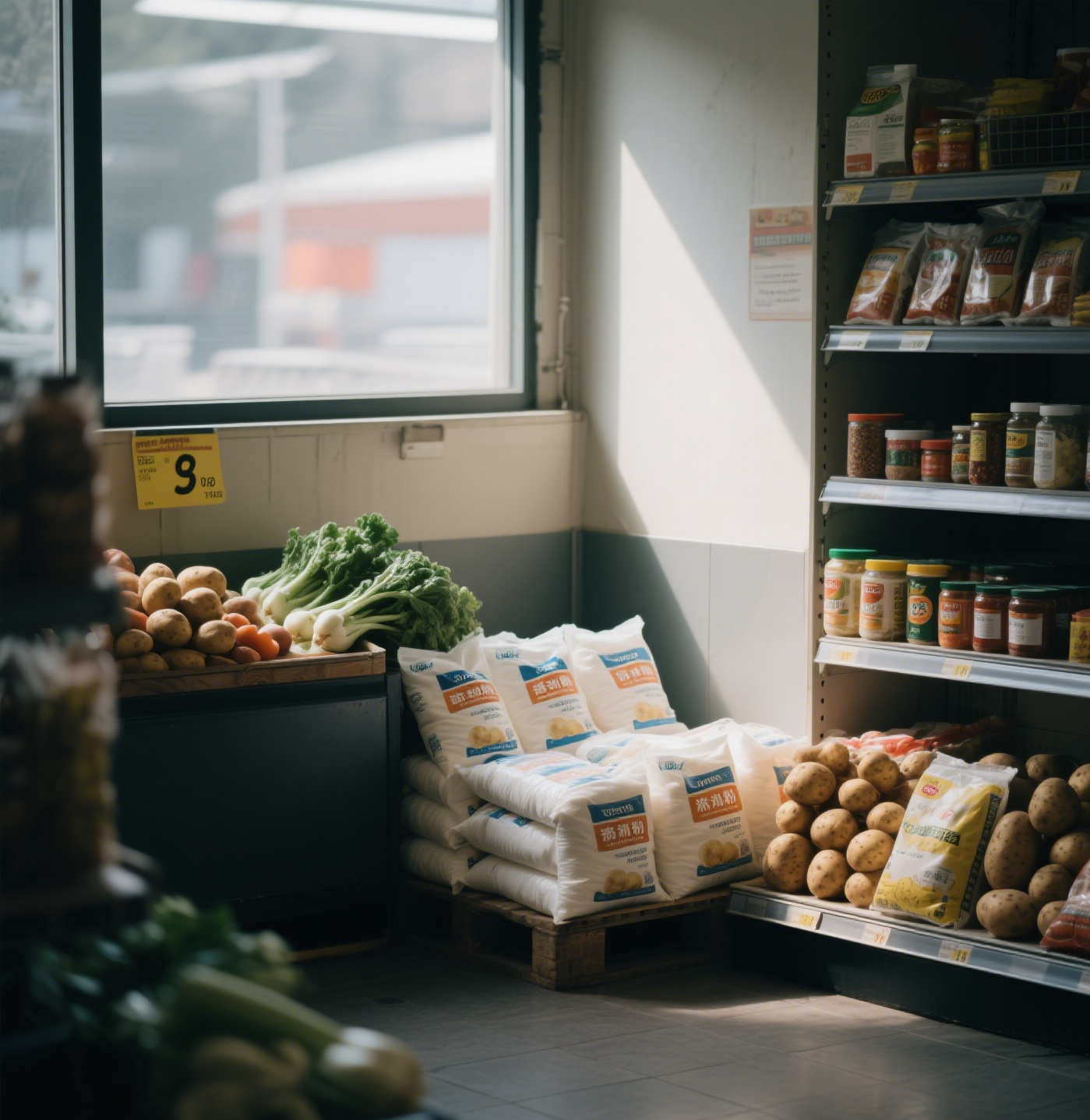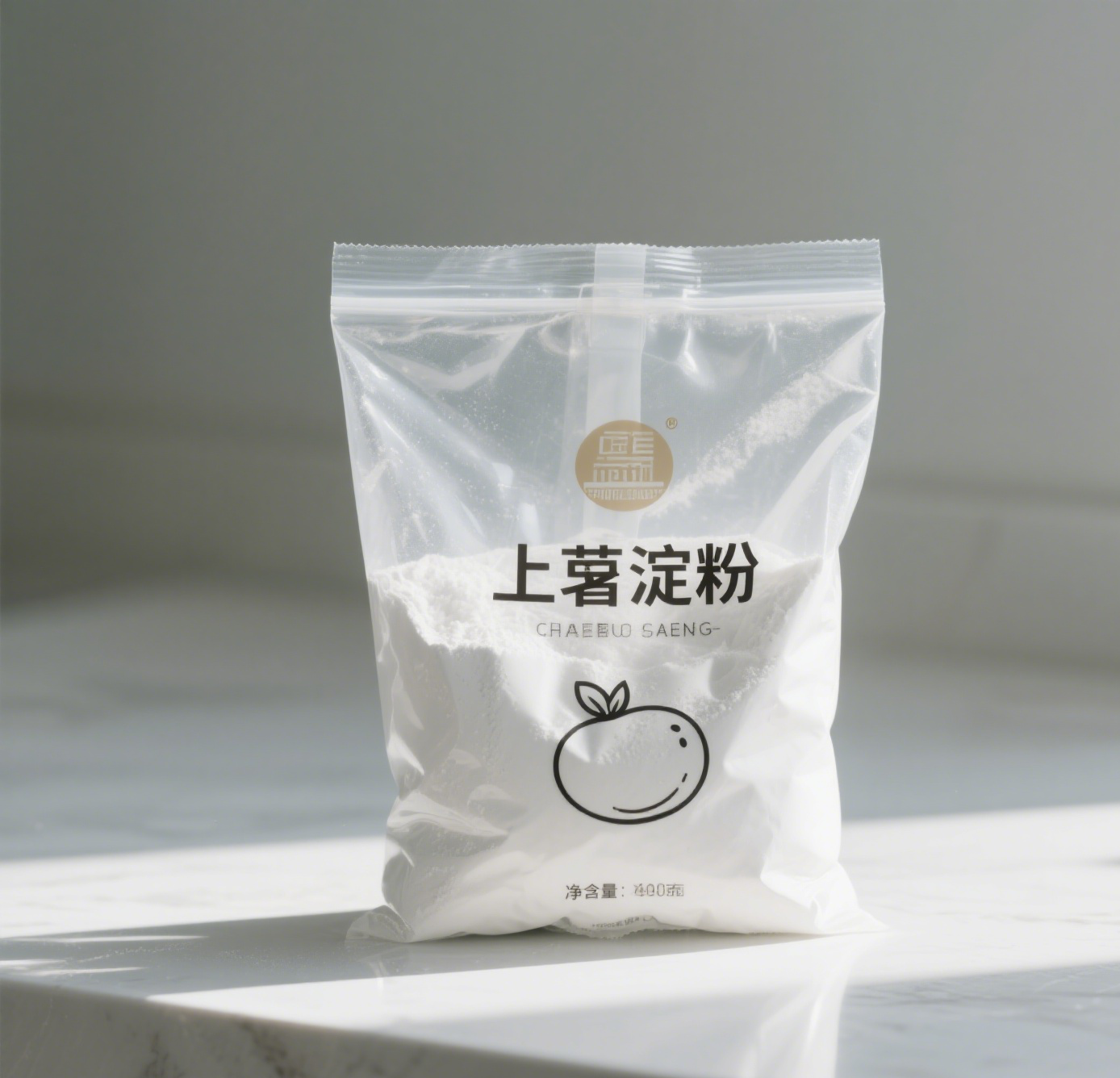potato starch price
Potato starch price dynamics reflect a complex interplay of market forces, production costs, and global demand patterns. This versatile ingredient, derived from potatoes through an intricate extraction process, serves multiple industries with its unique functional properties. The price structure is influenced by factors such as harvest yields, processing efficiency, and market demand fluctuations. As a crucial component in food manufacturing, paper production, and textile industries, potato starch commands varying price points based on quality grades and application specifics. The market typically segments pricing into food-grade and industrial-grade categories, with food-grade commanding premium prices due to stricter quality requirements. Current market trends show stability in potato starch pricing, with slight seasonal variations corresponding to potato harvest cycles. The processing technology employed significantly impacts the final product cost, with modern facilities achieving better yield rates and consequently more competitive pricing. Quality parameters such as moisture content, purity levels, and granule size distribution also play crucial roles in price determination. Understanding these pricing mechanisms is essential for buyers to make informed purchasing decisions and negotiate effectively with suppliers.


